Helen Stewart: First Lady of Las Vegas
May – June 2020
Pioneer made her mark on the city in many ways.
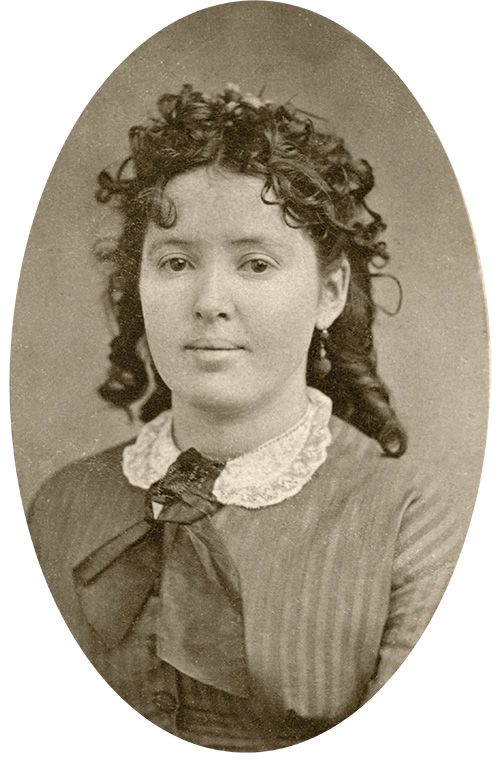
BY MEGG MUELLER
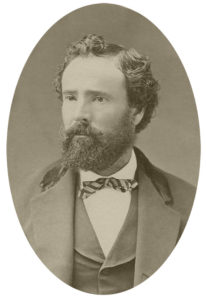
On a quiet day in March 1926, businesses in Las Vegas shuttered their doors. Local schools closed for the day and the federal post office was deserted, for most of the city’s residents were attending the funeral of Helen Jane Wiser Stewart. The homage paid to Stewart by the city she helped create would have surprised the unassuming and frail woman. But the legacy of her strength, character, intelligence, and spirit was evident to all who knew her, and it continues to inspire today.
A TEMPORARY PLACE
Helen Wiser was born in Illinois on April 16, 1854. When she was 9, her family relocated to Galt, California. At 18, she married 38-year-old Archibald Stewart, and moved with him to his ranch in Lincoln County, about 30 miles north of Pioche. A social person, living in remote Nevada was tough on Helen. After the birth of their first child in 1874, she convinced Archibald to move into Pioche, which had a lively population of about 7,000 people. Helen loved being once more surrounded by friends and acquaintances and the couple had two more children while living there. In 1879, a fateful loan was made by Archibald that would change Helen’s life forever.
Octavius Gass, a business acquaintance of Archibald, was unable to pay the taxes on his 640-acre ranch, Los Vegas Rancho—Gass adjusted the spelling so the ranch wouldn’t be confused with Las Vegas, New Mexico. Archibald lent his friend $5,000 in 1879 and when poor weather subsequently destroyed the ranch’s crops, the loan went unpaid and Archibald foreclosed. He was given the ranch, plus an additional 320 acres and 1,500 cows, mules, and sheep. The valley was ripe with potential Archibald thought, so he packed up the family in 1882 and headed about 180 miles to the south. A pregnant Helen was quite upset at being once again on an isolated ranch, but her husband promised it was only temporary.
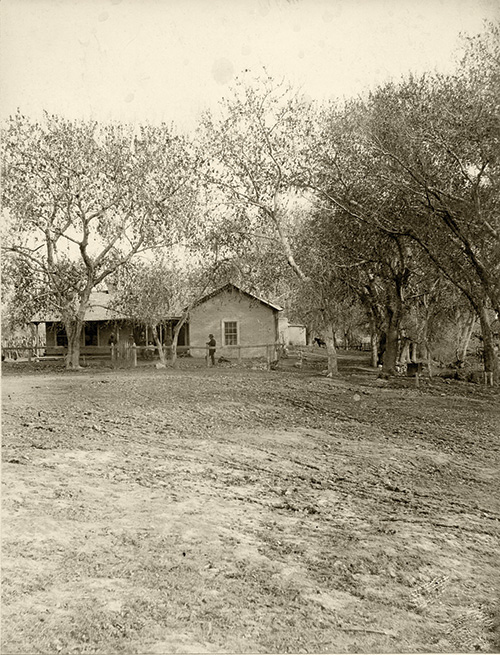
LIFE AT LOS VEGAS RANCHO
The Stewarts’ new home was an adobe fort Brigham Young had constructed for a new mission—built in 1855. Gass bought it in 1856, an added a small ranch house. This was the home Helen Stewart found herself living in, amid the hot and dusty desert that seemed to stretch out in every direction. The arid landscape would have been more daunting if it weren’t for the spring that bubbled up on the ranch, and despite the tough soil, Helen managed successful fruit and vegetable crops, which she sold to local miners. The ranch raised cattle and horses, which were sought after as far away as Wyoming. The house was expanded, along with the ranch, and the enormous cottonwood trees provided much-needed respite for travelers. The ranch became a stop for people moving between Salt Lake City and southern California, and Helen welcomed the visitors and their company.
Life at Los Vegas wasn’t what she’d hoped for, but Helen made the best of it. Now with four children, the family’s life was a busy one with the ranch and inevitable visitors. Too soon, however, life was about to change for Helen once again.
STANDING HER GROUND
In July 1884, Archibald was away from the ranch when a hired hand named Schyler Henry suddenly quit and demanded Helen pay him for his work immediately. Helen refused, saying Archibald would have to deal the issue when he returned. Henry grew more and more abusive, but Helen refused to pay him. Henry finally left, taking refuge at nearby Kiel Ranch.
Upon his return a few days later, Archibald listened to Helen’s recounting of Henry’s threats and grew incensed. He had a quick meal and a short rest before grabbing his rifle and heading to Kiel Ranch to confront Henry.
Helen wasn’t sure where her husband had gone, but a note delivered just hours after he left by one of Conrad Kiel’s ranch hands made it clear. The note read:
“Mrs Sturd send a team and take Mr. Sturd away he is dead. C. Kiel.”
Helen set off on horseback and found Archibald had been shot through the head. The exact circumstances of his death were a mystery, and although two men were put before a grand jury, no one was ever charged with the crime.
Suddenly alone and pregnant with her fifth child, Helen—just 30 years old—soon discovered Archibald had left no will. She went to court to secure ownership of the family home, eventually winning a judgment that split the ranch between her and her children.
Helen knew it was either learn the business of ranching and take over or she’d lose her home. That wasn’t an option.
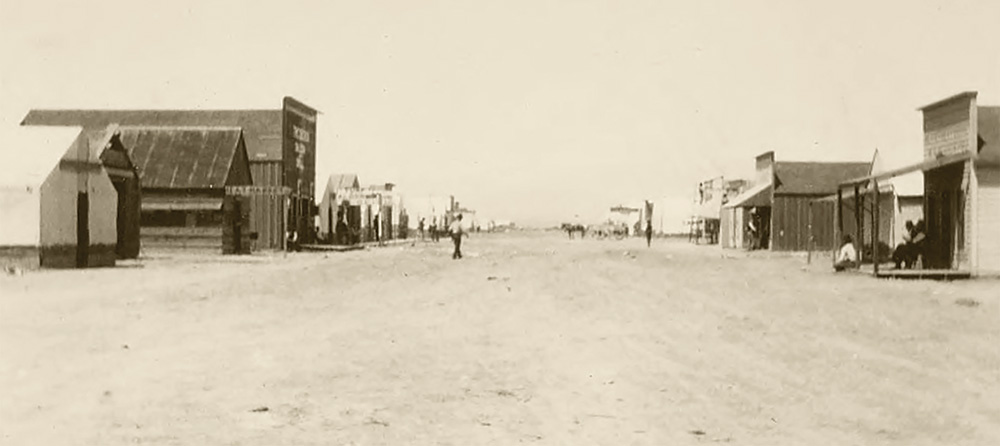
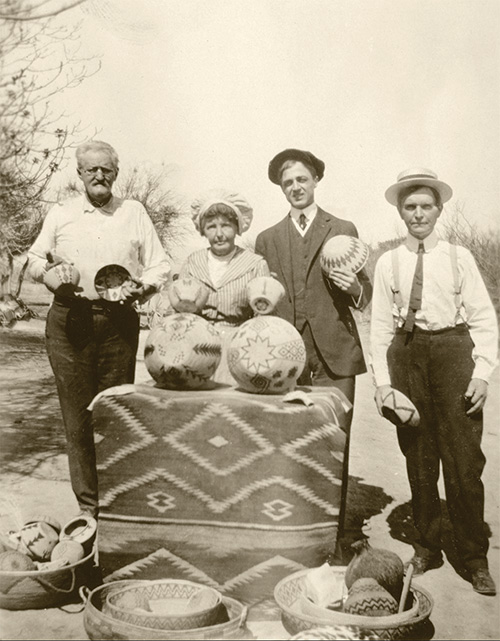
BREAKING THE MOLD
After Archibald’s death, Helen took over management of Los Vegas Rancho. Despite having no prior business experience, she proved an adept manager. She worked alongside the ranch hands and the local Paiutes, just as her husband had. She could often be found in a beautiful dress and work boots, performing whatever tasks were needed. Ever the social creature, when Helen learned of rumors about a railroad potentially being built between southern California and Utah, she began buying land, and eventually became the largest landowner in Lincoln County (which at the time included today’s Clark County) with more than 1,800 acres of land, including water rights.
Due to the natural flow of traffic, the ranch became a center of activity over the years. Helen’s home became a voting site in 1890, and the first official post office in 1893. Helen even served as the postmistress in 1903, the same year the ranch’s name was officially spelled as Las Vegas.
In 1902, Helen made the decision to sell most of the ranch to Montana Senator William Clark and his railroad, the San Pedro, Los Angeles & Salt Lake Railroad. The railroad was coming, and Helen’s land paved the way. It arrived in 1905, the same year the railroad sold the remaining 110 acres of land that was previously Helen’s ranch. The land sale took place on May 15, 1905, and about 600 plots of land were auctioned that day with an equal number auctioned the following day. Downtown Las Vegas was born.
The land Helen kept in 1902 contained the plot where her husband and one son were buried. She stayed on the land and purchased 280 more acres on which to build a new home. During construction she lived in Los Angeles, and it was there that she lost her second son, and married Frank Stewart (no relation).
Never one to accept the constraints of the times, Helen refused to marry without a prenuptial agreement that would safeguard her land and money for her children. She also chose to use the name Mrs. Helen J. Stewart, instead of conforming and using Mrs. Frank Stewart.
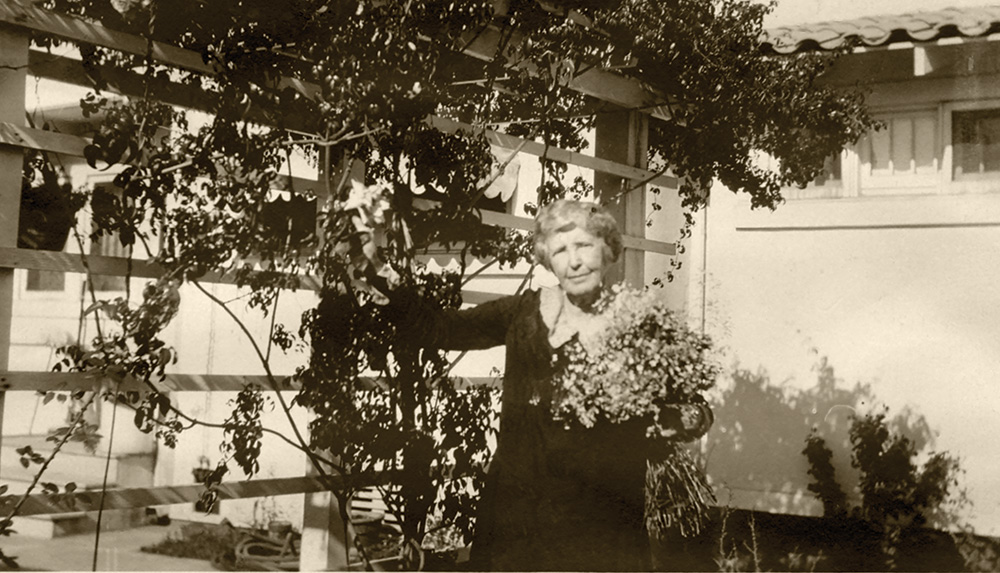
Always a proponent of education—she herself was a college graduate—Helen was a member of the Clark County School Board, and in 1916, she was elected to the state board of education. She also donated the land for the city’s first school building in 1922. It was the first public school attended by the local Paiute students and it was open until 1967. Her list of civic activities is lengthy: she helped found the Mesquite Club, served on Clark County’s first jury that included women, served as the first president of the Nevada Historical Society’s southern Nevada chapter, and helped found the Society of Nevada Pioneers.
Helen continued to live on her ranch, until 1924 when she was diagnosed with cancer. She traveled to Los Angeles for treatment and had frequent bouts of health that were in line with her determined nature to recover. Ultimately, Helen died in Las Vegas on March 6, 1926 at the age of 72.
Her many occupations over the course of her life clearly speak to the renaissance nature of Helen Stewart. Ultimately, her death certificate noted she was a historian, a title that speaks volumes of the work she did in Nevada. Years after her death, Delphine Squires, a friend of Helen’s, called her The First Lady of Las Vegas. Squires also once said “Her frail little body housed an indomitable will, and she faced death as she had faced the everyday problems of life with sublime fortitude.”
Helen Stewart was a fierce pioneer of the Silver State and she truly deserved the title her friend bestowed upon her. It is no wonder she continues to be known as the First Lady of Las Vegas.


